Andhra Pradesh – Culture and Tradition
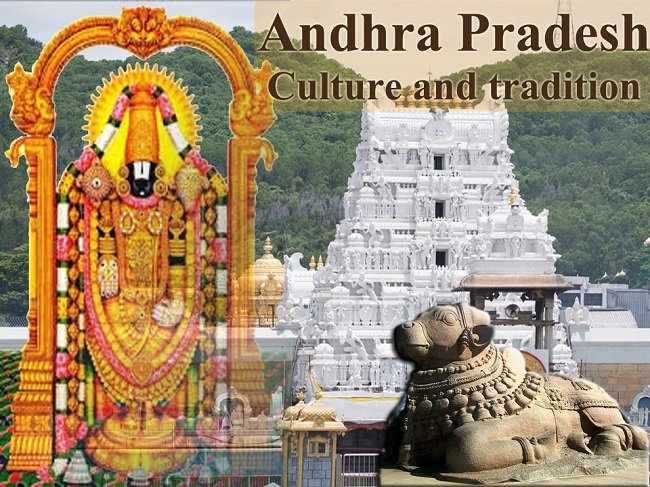
Andhra Pradesh is a state located on the south-east coast of India. According to the area, it is the seventh-largest state in India and the tenth most populous state. The largest city in this state is Visakhapatnam and Vijayawada. Historically, the areas covered in the state were known as Andhraapath, Andhraadesa, Andhraavani, and Andhra.
The northern region of Andhra Pradesh is a hill. Here is the highest peak Mahendragiri which is 1,500 meters above sea level. The weather here is often hot and humid. There is 125 cm rain in a year. The major rivers of this state are Krishna and Godavari.
On 2 June 2014, the north-western part of Andhra Pradesh was separated to form a new state of Telangana and Hyderabad the longtime capital of Andhra Pradesh, was transferred to Telangana. While Hyderabad was declared as the capital of both Andhra Pradesh and Telangana for the next ten years.
The physical set up of Andhra Pradesh constitutes the Krishna-Godavari Delta in the east, the Eastern Ghats extending from northeast to southwest and the Telangana and Rayalaseema plateau in the west River Godavari, the biggest among the rivers of Andhra and is also mentioned as a holy river in the Mahabharta. Next in importance is the river Krishna which enters Andhra in the Mahabub Nagar District.
The climate of Andhra Pradesh is hot and humid. Southwest monsoon has a major role in determining the state’s climate. But winters are pleasant in Andhra Pradesh. This is the time when the state attracts many tourists.
History
Historically the earliest mention of Andhra appeared in the Aitareya Brahmana (B.C. 800) and was called Dakshina Padh. Only during the Mauryan age, we can see some historical evidence of the Andhra in Southern Deccan.
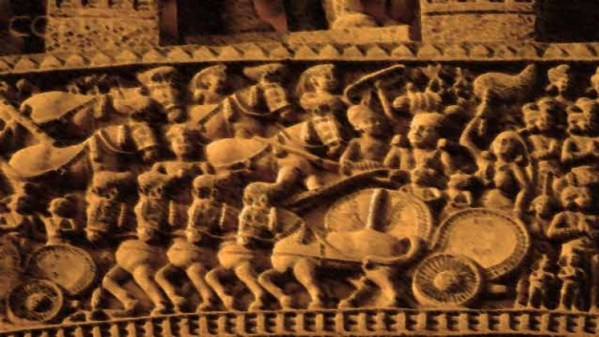
According to Matsya Purana, Satavahanas ruled over the Andhradesa including Deccan for about 400 years from 2nd century B.C. to 2nd century A.D. After the Satavahanas the Andhradesa was divided into petty kingdoms and ruled by the Ikshvakus Anandagotrins, Salankayanas, Brihatpalayanas, and Vishnukundins during the period between the 3rd and 5th Centuries A.D.
From 7th century onward Andhradesa witnesses a strong political rule by the Chalukyas. In the Medieval Period of 12th and 13th century, the area was ruled by Kakatiyas and was called as the brightest period of the Telugu history. A large number of temples were built, they encouraged agriculture, trade, and commerce.
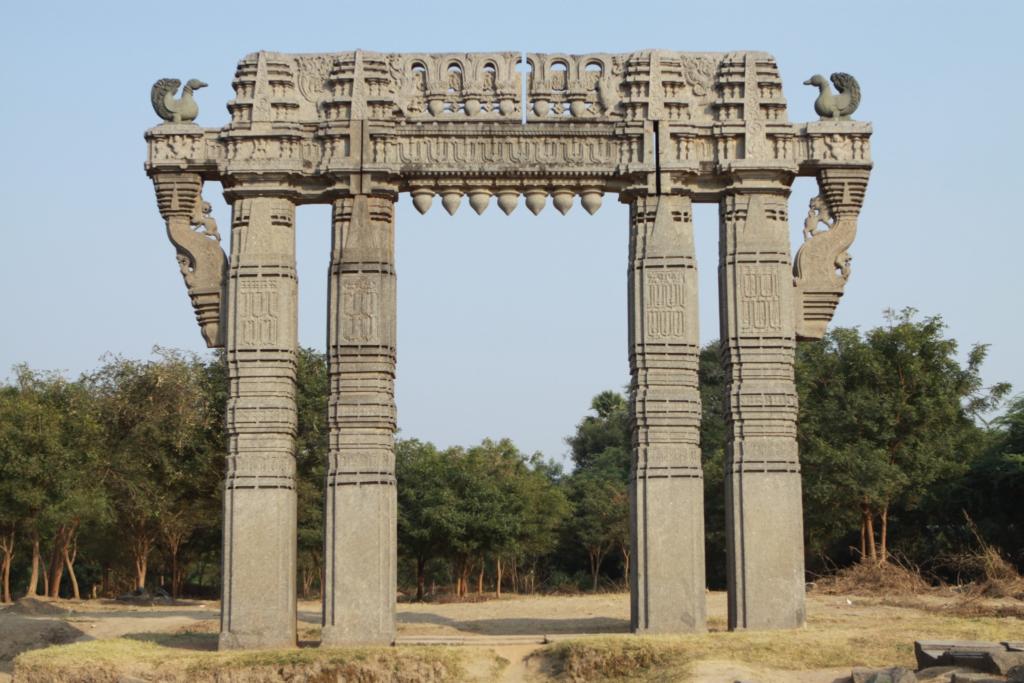
The Muslim inroads into the Deccan led to the fall of mighty Kakatiya Kingdom. The fall of the Kakatiya Kingdom resulted in the division of the Andhradesa and was ruled by the Reddy’s of Kondavidu (14th-15th Centuries A.D.), the Velamas of Rachakonda, and the Musumuri Chiefs.
The Vijayanagara Rulers ruled the area from 14th to 15th century, when they built many temples and conquered many forts of Andhra. Then from the 16th to 17th century, the area was under the rule of Qutub Shahis. During their rule, Islamic architecture was introduced in this part of the country. The famous Golconda Fort, Mecca Masjid, Qutub Shahi Tombs are some of the monuments built by them.
Aurangzeb the Moghul emperor, invaded the region and annexed it to the Moghul Empire. A Nazim was appointed as an agent of the Mughal emperor. Thus for 35 years, it was ruled by Nizams.
After Aurangazeb died two foreign companies East India company of England and the Compagnie de Inde Orientale of France came into power. At the beginning of the colonial era, in 1758, there was a major fight between the British and the French in Chandriti, during which the British defeated Maharaja Anand Gajapati Raju of Vijayanagara.
After defeating the Maharaja in 1792, the British acquired this area. After independence, Nizam of Hyderabad should have freedom from India, but he had to become part of India in 1948. In 1953, the Reorganization Commission of States was appointed to make Andhra Pradesh on linguistic lines.
The Andhra State was merged with the Telugu language region of Telangana and was made Andhra Pradesh in 1965. Yanam was merged with Puducherry in 1963 and is currently one of the districts of Andhra Pradesh. Soon after, the Telangana movement started and the state was divided.
Culture and Tradition
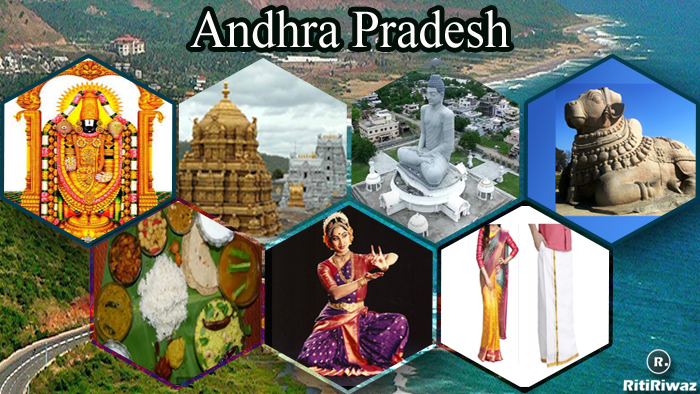
A combination of many cultures has formed the present-day culture of Andhra Pradesh because some great dynasties have ruled the region like Ikshvakus, Pallavas, Chalukyas, Kakatiyas, Vijayanagar, and Mughals.
Andhra Pradesh culture became rich and creative with the touch of so many rulers and dynasties. The monuments like Charminar, Golconda Fort, Salar Jung museum says all about the skilled abilities of the past rulers.
Agriculture is a major source of Andhra Pradesh’s economy. About 70 percent of the state’s population is connected to agriculture and it is a major area of rice production in India. The people of the state are divided into one who lives on the banks of rivers Krishna and Godavari while others who live in the hilly and forest areas of the state.
Here is everything you will find with a Nawabi touch. The culture of Andhra Pradesh is very rich in terms of clothing, food, festivals, dance, music, and art and crafts. People live in peace and harmony and the state is a land full of fun and laughter.
Suggested Read: Culture and Tradition of Indian States
Language
The official language of Andhra Pradesh is Telugu. Telugu is spoken by more than 85 percent of Andhra Pradesh’s population. Tamil is also spoken here in the southern region and there are also Kannada speakers on the border of Karnataka.
There are a large number of Urdu speakers in Hyderabad and their population is 7% of the state’s population. Most educated people will be able to speak Hindi and English.
Cuisines
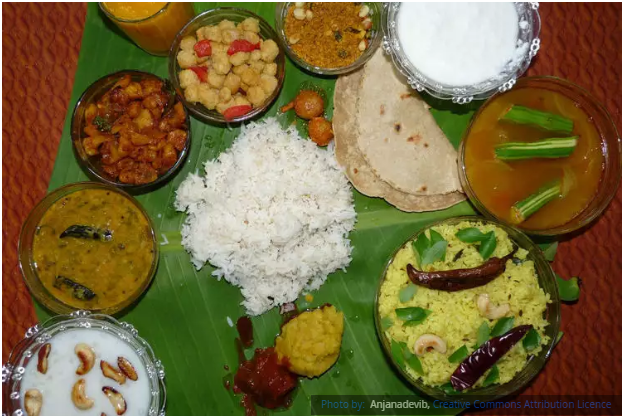
The cuisines of Andhra Pradesh boast of the Nawabi style of the royalty. They use spices, fruits, and vegetable that is grown in the region. Some of the Andhra Pradesh cuisines include bandhar laddu, avakaya, gongura, pulusu, pappu charu, jonna kudu, bobbattu, kaza, and arisa.
Rice is the staple food and is used in a variety of ways. Rice is either boiled and eaten with curry or made the batter to made dishes like Dosa or attu. The meat, vegetables, and greens are cooked with various masalas of the region which gives it a strong flavor.
The most popular dish among tourist and local people is the biryani which is prepared with rice, zafran, chicken/mutton, and other rich spices. Popular sweet dishes of Andhra Pradesh are qubani-ka-meetha, badam-ki-jhab, dil-e-firdaus and ande-ka-piyosi.
Suggested Read: Famous Food Of Indian States
Costume

Andhra Pradesh is regarded as Kohinoor of India which famous for its weaving and dying industry. They have some finest historical cloth-making and dying traditions.
Along with clothing their pearl jewelry form an impressive fashion tradition in Andhra Pradesh. Women generally wear Saree with a blouse while some Muslim women wear Salwar Kameez. The younger generation can be seen wearing Chudidaars, Pants, Shorts while the older generation wears saree.
Men wear short dhoti which is folded about the knee with kurta or shirt. They usually carry a scarf over the shoulder. Muslim men normally wear pajamas instead of the dhoti.
Suggested Read: Traditional Dresses Of Indian States
Festivals
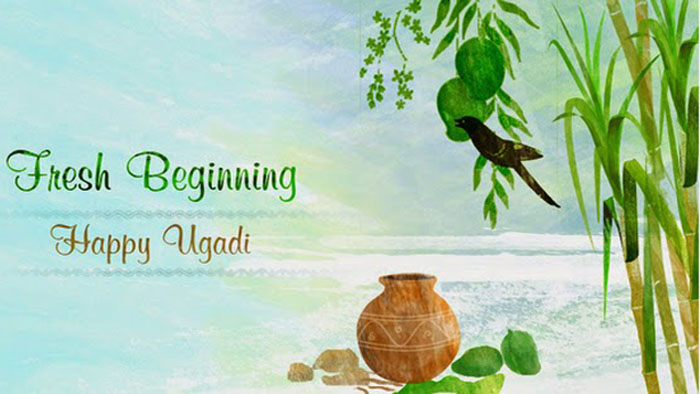
Ugadi is celebrated as the Telugu New Year and various other Hindu festivals like Dusshera, Deepawali, Sri Ramnavami, Krishna Janmashtami, Ganesh Chaturthi, and Mahashivratri are celebrated.

Brahmotsavam, the Hindu festival is an auspicious festival celebrated every year at the Tirumala Venkateswara Temple at Tirupati in Andhra Pradesh. The celebration of the Brahmostsava is performed over a nine-day period.
Similarly, Christmas celebrations like Christmas, Easter and New Year are celebrated with enthusiasm and Muslim festivals such as Bakrid and Eid al-Fitr are celebrated. However, the festival of Telugu new year Ugadi, Sankranti, Dussehra, and Ganesh Chaturthi is unique in this state.
Dance and Music
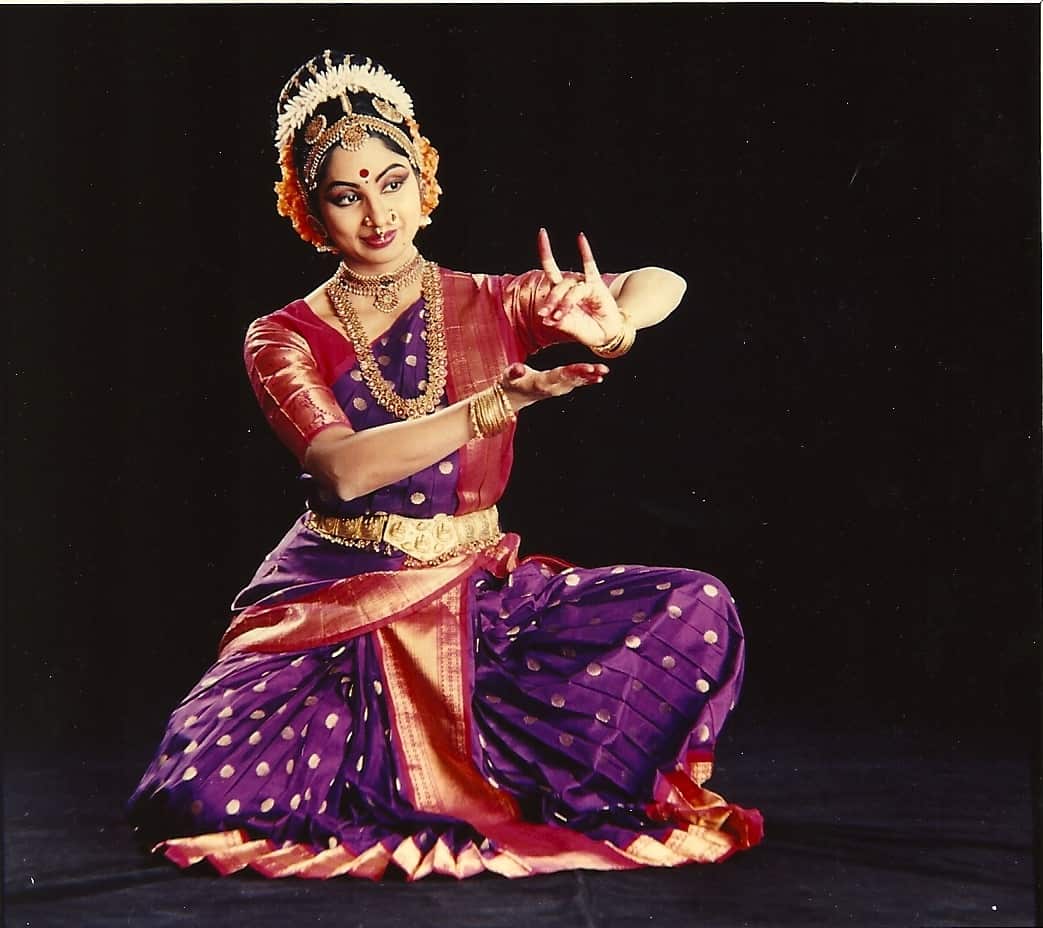
Kuchipudi is one of the most famous dance forms in Andhra Pradesh. Other dance forms like Andhra Natyam, Villasis Natyam, Badakatha, Veeranatyam, Duppu, Buta Bommalu, Tholu Bomalu, etc.
Folk songs in Andhra Pradesh are very popular and they are sung during the marriage, the birth of a child, festivals, etc. Andhra Pradesh is the homeland of Thyagaraja, Shyama Sastri, and Muthuswami Dixitar the three Carnatic music Trinity.
Art and Crafts
The state is leading in wood and stone carving. Kalamkari, Bidri, Nirmal Paintings have made their name around the world. Srikalahasti technique and Masulipatnam are used during the printing of saris and costume material.
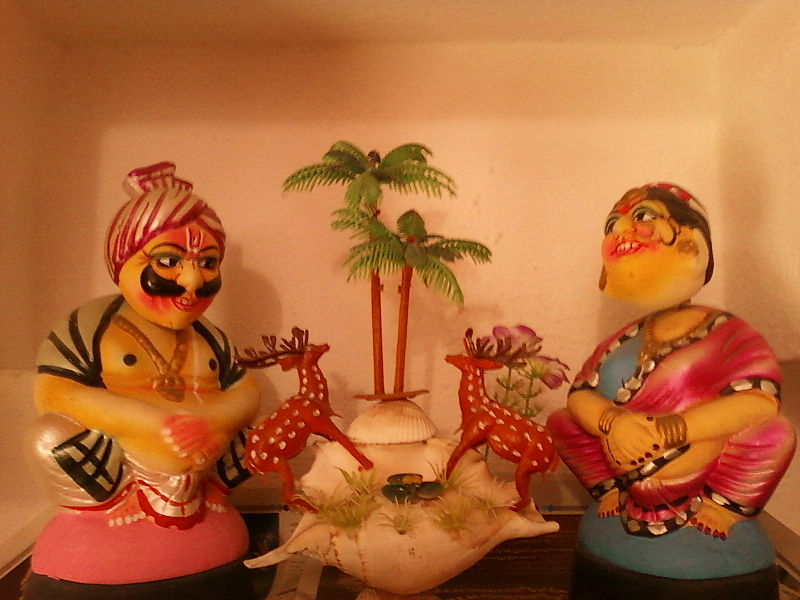
Tourism
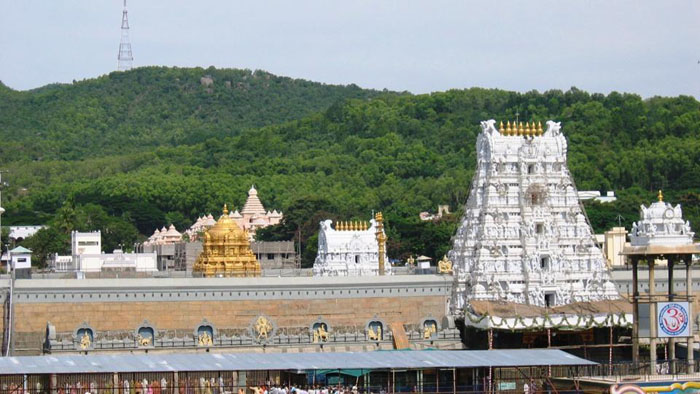
Andhra Pradesh is known as Koh-noor of India and there are many places to visit in this beautiful state. It is famous for its rich natural resources, rivers, historical monuments, etc.
Suggested Read: Tourist places of Andhra Pradesh
The main designation for tourism is Tirupati, Horseley hills, Araku valley, Vizag, Srisailam, RK Beach, Vizag, Borra Caves, Thotlakonda, Horsley Hills, Kolleru, Kanakadurga temple and Dolphin House, Visakhapatnam.

Visakhapatnam has a lot in the city, and it is not just a beach location, but it also has beautiful lakes, caves, valleys and mountain ranges. It has many beaches like R.K. Beach, Lawson Bay Beach, etc.
Bora caves are also located near this city and are one of the largest in the country, it is famous for its irregularly shaped stalactites and stalagmites. Araku Valley is a famous hill station which is rich in biodiversity and has coffee plantations and waterfalls. It is a beautiful tourist destination that attracts a large number of tourists every year.
Horsley Hills is also a famous hill station. Places to visit include Lake Gangotri, Environment Park, Horsley Museum and Gully Banda. Andhra Pradesh is one of the largest sweet water lakes in India, which is Koleru Lake and it is situated between Krishna and Godavari delta. It is a wildlife sanctuary and is of international importance.
There are many religious and pilgrimage sites, such as the Tirupati every year, this temple is visited by millions of pilgrims. Tirumala (called as Tirumala Tirupati), which is a sacred temple town famous for Sri Venkateswara Temple also known as Tirumala Tirupati Balaji Temple. Our country is full of many treasures, one of which is natural and natural treasury. Similarly, Andhra Pradesh is full of the same treasure. Andhra Pradesh has got an accolade of Kohinoor which proves to be very special for nature lovers.
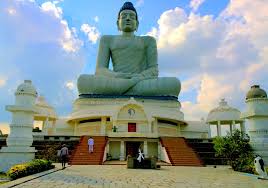
Centuries ago, Andhra Pradesh was a major Buddhist center and part of the vast kingdom of Emperor Ashoka. It is, therefore, no wonder that even today the remains of early Buddhist influence appear in places in and around the state. Anantapur, Amaravati is a popular historical town situated on the southern bank of Krishna River in Guntur district of Andhra Pradesh and is a popular pilgrimage for Buddhists.
Suggested Read: Formation Dates of Indian States






